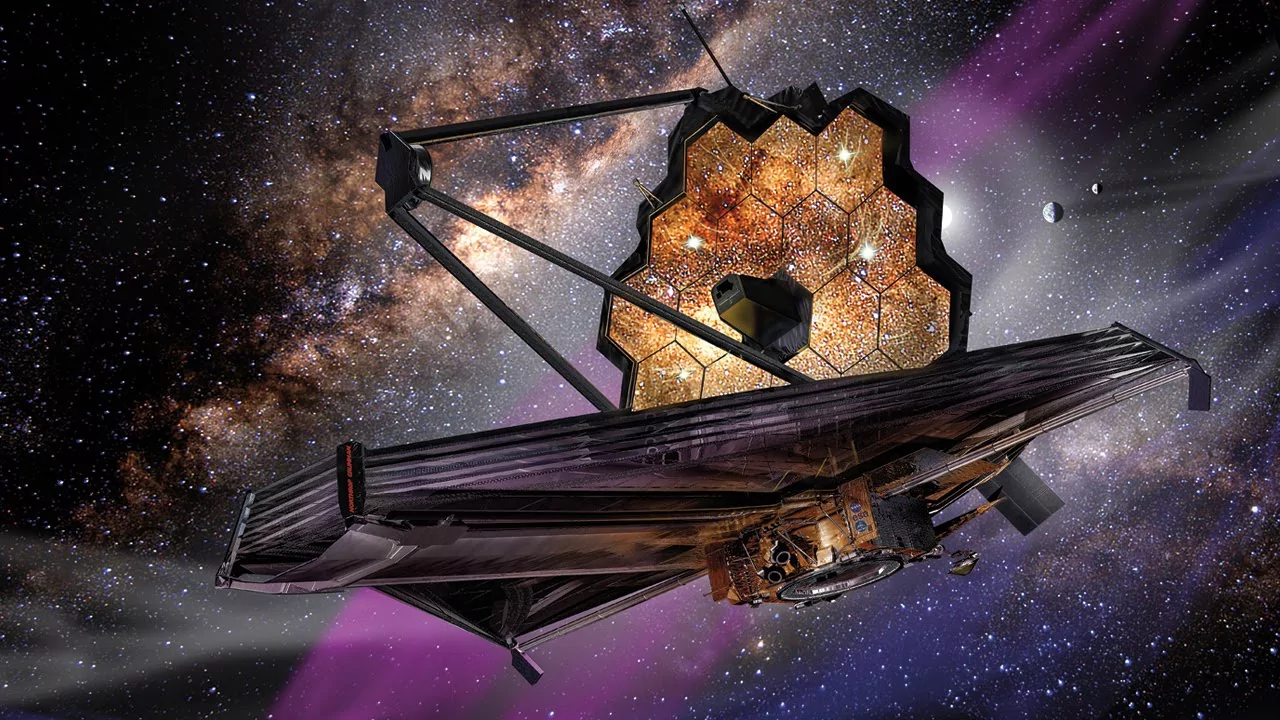New data from James Webb shows the crisis in cosmology continues
- September 18, 2023
- 0
Very strange things are happening in cosmology. A big question has caused a crisis in this field in the last few decades: How fast is the universe expanding?
Very strange things are happening in cosmology. A big question has caused a crisis in this field in the last few decades: How fast is the universe expanding?

Very strange things are happening in cosmology. A big question has caused a crisis in this field in the last few decades: How fast is the universe expanding? We know that the universe expanded after the Big Bang, but the exact rate of this expansion is still unknown. The problem is that the rate of expansion seems to vary depending on the factors used to measure it, and no one knows why.
A new study using the James Webb Space Telescope recently showed that this problem is not going away anytime soon. Webb improved on previous measurements of the expansion rate made using data from the Hubble Space Telescope, and the glaring discrepancy is still present.
The expansion rate of the universe is known as the Hubble constant, and there are two main ways to measure it. The first way is to observe distant galaxies and determine how far away they are by looking for certain types of stars with predictable brightness levels. This tells you how long it took the light to travel through that galaxy. Researchers then look at the redshift of that galaxy, which indicates how much expansion has occurred over that time. This is a method for measuring the Hubble constant used by space telescopes such as Hubble and Webb.
Another method is to study the radiation left over from the Big Bang, called the cosmic microwave background. By looking at this energy and how it changes across the universe, researchers can model the conditions that must have created it. This allows us to see how the universe must have expanded over time.
The problem is that the two methods differ in the last digit of the Hubble constant. The difference is not going away as measurement methods become increasingly accurate.
A recent study used Webb to study certain stars used for distance calculations, called Cepheid variables. Researchers looked at the galaxy NGC 5584 to see if Hubble’s measurements of these stars were actually accurate; if not, it would explain the discrepancy in Hubble’s persistent predictions.
The researchers took previous Hubble measurements of stars and sent Webb to the same stars to see if there were any significant differences in the data. Hubble was designed to observe primarily in visible light, but stars had to be observed in the near-infrared range due to dust in the path, so Hubble’s infrared vision was not thought to be sharp enough to see stars. Definitely.
But this explanation did not work. Working in the infrared, Webb looked at more than 300 Cepheid variables, and the researchers found that Hubble’s measurements were accurate. They were able to determine the light coming from these stars even more accurately.
So, as far as we know, the discrepancy in the Hubble constant still exists and is still a problem. There are various theories as to why this might happen, from dark matter theories to flaws in our theories of gravity. For now, this question remains decidedly open.
Source: Port Altele
As an experienced journalist and author, Mary has been reporting on the latest news and trends for over 5 years. With a passion for uncovering the stories behind the headlines, Mary has earned a reputation as a trusted voice in the world of journalism. Her writing style is insightful, engaging and thought-provoking, as she takes a deep dive into the most pressing issues of our time.